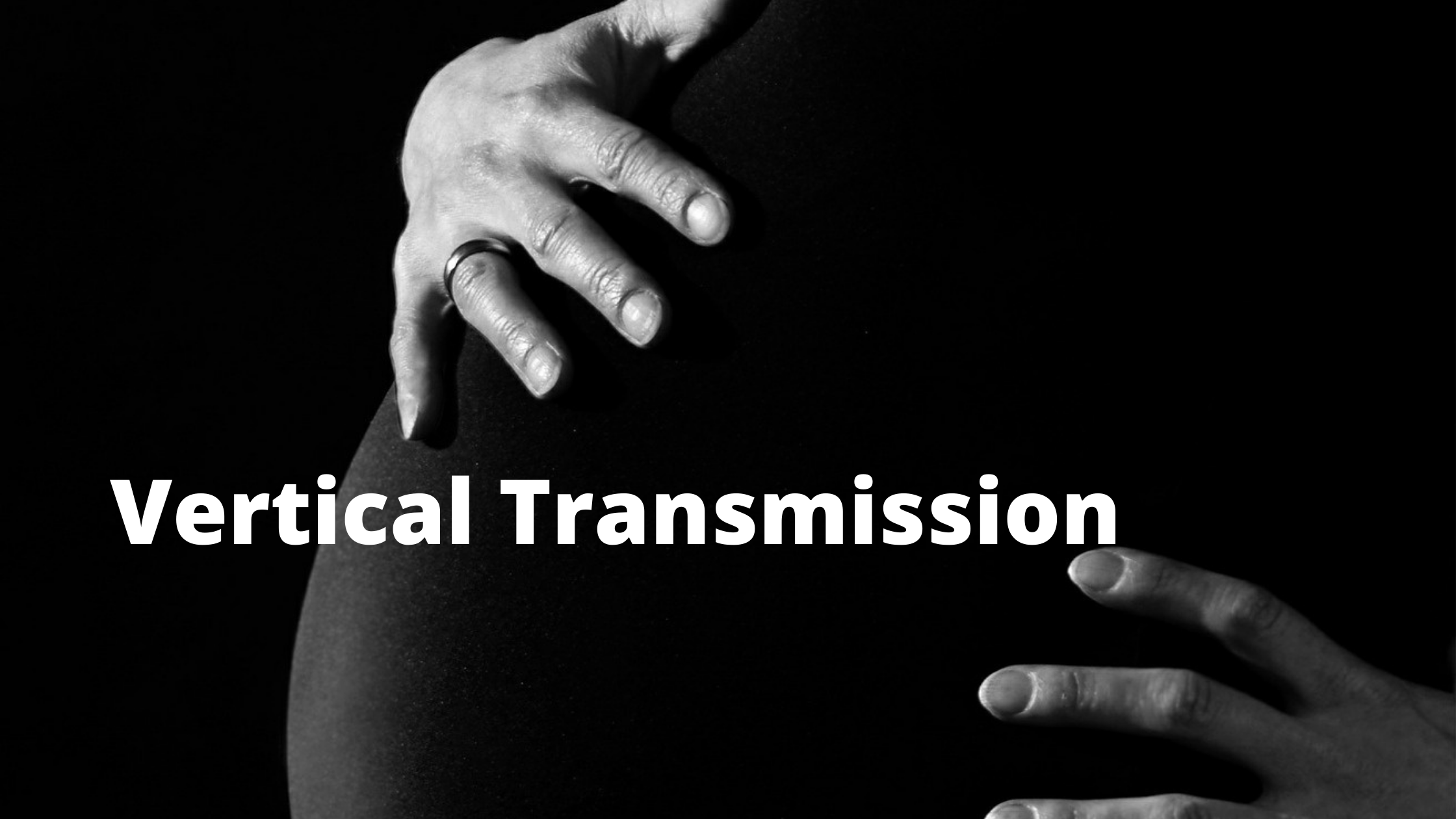Vertical Transmission – An Overview


What is Vertical Transmission?
Everyone knows that becoming a mother is a blessing. The life growing inside a woman should be treated with care. A baby deserves utmost care, from nurturing it to eating the most nutritious food, taking care of your diet, and sleeping well. An expecting mother should also take care of her mental and physical health as it impacts the baby. It is also important for her to protect herself from contracting diseases because if she gets infected, it may affect the baby.
As complicated as it sounds, vertical transmission is a passage of disease from a mother to her child. There is a mechanism for gases, nutritional elements, and waste products to pass through a cord connected between the two, called the placenta. The cord (placenta) acts as a shield, keeping harmful substances away from the fetus. However, in some cases, unfortunately, the infected agents may travel to the fetus from the mother.
Types of vertical transmission
- Antenatal Transmission: This transmission takes place from the womb before a child is born when the fetus is still in the uterus.
- Perinatal Transmission: This transmission takes place a few weeks before the baby is delivered.
- Postnatal Transmission: A post-birth disease during breastfeeding or a droplet infection contracted from hospital staff or relatives is called postnatal transmission.
It is also believed that infections may occur during labor and delivery.
Which diseases can be vertically transmitted?
Any infectious disease, including both viral and bacterial diseases, can be vertically transmitted. The most common infections transmitted are :
● Toxoplasma Gondii
● Other (such as syphilis, varicella-zoster, mumps, parvovirus, and HIV)
● Rubella.
● Cytomegalovirus.
● Herpesvirus
These are often referred to by the acronym TORCH.
The other vertically communicable infectious diseases are listed below:
● Chicken Pox
● Chlamydia
Symptoms of Vertical Transmission
The signs and symptoms may vary as per the disease conditions acquired.
● In the initial stage, there might be a total absence of symptoms or the presence of generalized symptoms such as weakness, lethargy, fever, and loss of appetite.
● As the disease progresses, symptoms like petechial rashes and reddish or purplish patches on the skin may appear.
● Enlargement of liver and spleen
● Jaundice might occur, though it is rare
Complications Linked to Vertical Transmission
In case of delay in diagnosis or improper management, certain complications might occur:
● Hearing Impairment
● Blindness or eye complaints
● Autism
● Mental retardation
● In extreme cases, even death may occur
Current scenario
In the present situation, a question has arisen if COVID 19 is vertically transmitted..
There have been mixed reports regarding the transmission of infection to the fetus, but the risk cannot be ruled out. A few cases have been reported wherein the infection was transferred to the baby from the child. But in many cases, the doctors have been able to control the infection in pregnant women and prevent vertical transmission at the same time.
Several infants have also recovered fully from COVID19 infections within a few weeks of treatment; hence the fatality rate is low. However, the doctors recommend taking adequate precautions such as frequent hand washing, masks, practising social distancing, and isolation measures.
Request an appointment at Apollo Hospitals
Call 1860-500-1066 to book an appointment
Treatment and Management of Vertical Transmission
Many vertically transmitted infections, such as toxoplasmosis and syphilis, can be effectively treated by doctors. Several other diseases are difficult to deal with but can be prevented through vaccinations before pregnancy.
Antibiotics can help alleviate the symptoms in many cases. Antiretroviral therapy, also known as ART, is suggested in the case of HIV-positive patients. Ensuring hygiene and safe delivery can also be important factors resulting in a healthy baby.
It is important for expecting mothers to know about safe delivery and motherhood. Vertical transmission can be lethal for the mother and child. Taking care of yourself during pregnancy can help prevent vertical transmission.
FAQs
What is an example of vertical transmission of disease?
Due to COVID-19, there are several ongoing studies about the vertical transmission of SARS-CoV-2. In every report, mothers were infected during the third trimester of pregnancy. There were no maternal deaths recorded, and most of the cases saw successful deliveries. Testing was done using samples of breast milk and placenta. It was observed that many C-sections and normal deliveries with skin-to-skin contact with newborn babies in the delivery room were found normal, and no harm was detected.
Which infectious disease is transmitted vertically?
Infections like Zika Virus, Rubella, Cytomegalovirus, HIV, Varicella-Zoster virus, Herpesvirus, etc., can have a devastating effect on the developing fetus and transit vertically during pregnancy.
© Copyright 2024. Apollo Hospitals Group. All Rights Reserved.
 +91 8069991061
Book Health Check-up
Book Health Check-up
Book Appointment
Book Appointment
+91 8069991061
Book Health Check-up
Book Health Check-up
Book Appointment
Book Appointment







